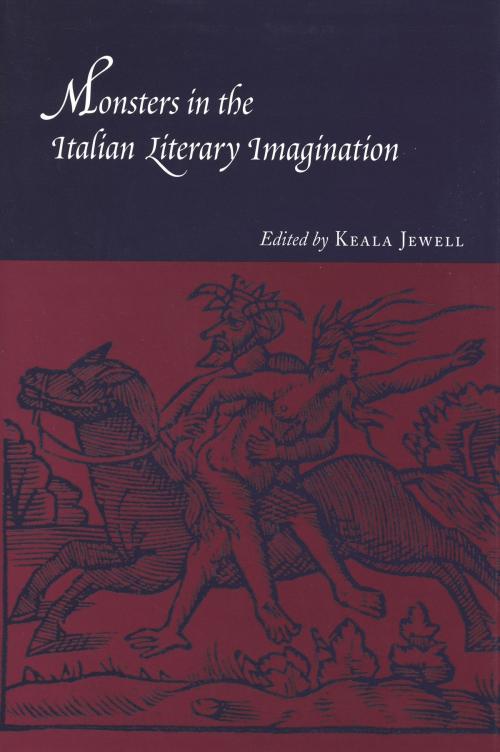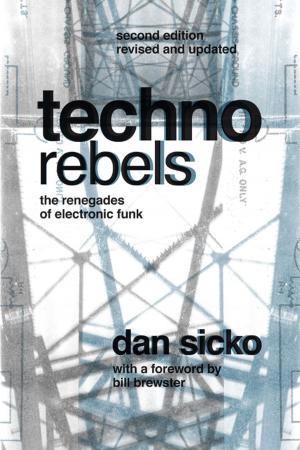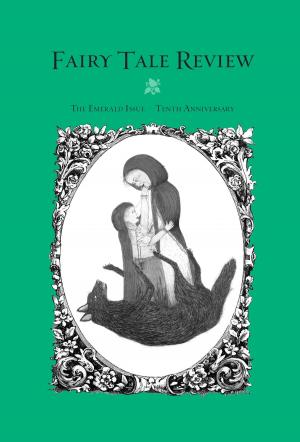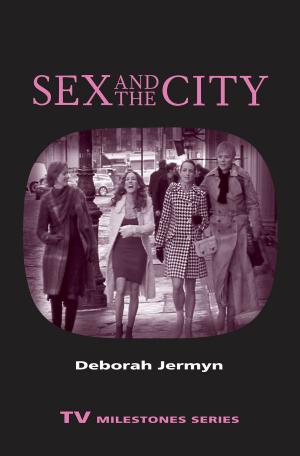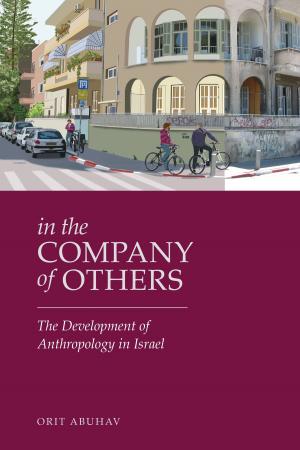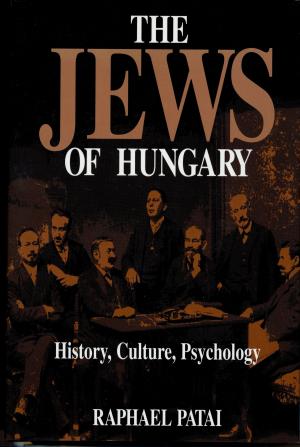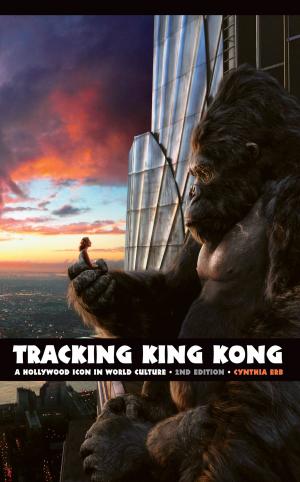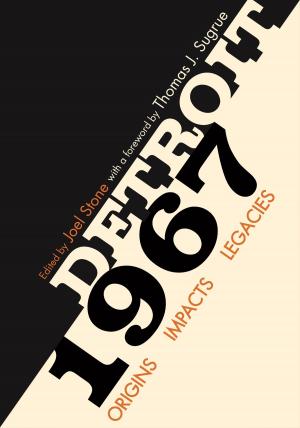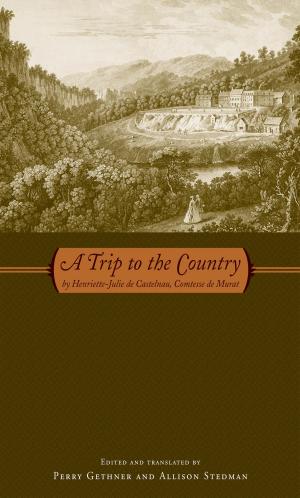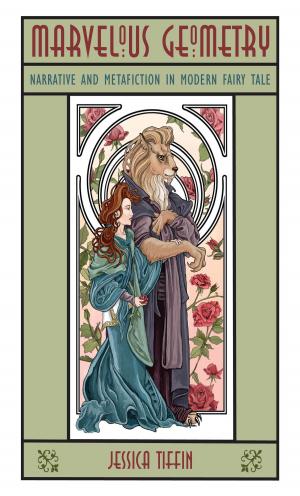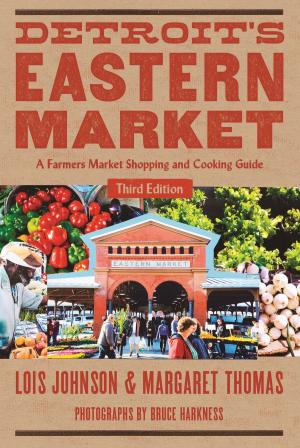Monsters in the Italian Literary Imagination
Fiction & Literature, Literary Theory & Criticism, European, Italian| Author: | Keala Jewell | ISBN: | 9780814339879 |
| Publisher: | Wayne State University Press | Publication: | February 1, 2001 |
| Imprint: | Wayne State University Press | Language: | English |
| Author: | Keala Jewell |
| ISBN: | 9780814339879 |
| Publisher: | Wayne State University Press |
| Publication: | February 1, 2001 |
| Imprint: | Wayne State University Press |
| Language: | English |
A culture defines monsters against what is essentially thought of as human. Creatures such as the harpy, the siren, the witch, and the half-human all threaten to destroy our sense of power and intelligence and usurp our human consciousness. In this way, monster myths actually work to define a culture's definition of what is human. In Monsters in the Italian Literary Imagination, a broad range of scholars examine the monster in Italian culture and its evolution from the medieval period to the twentieth century. Editor Keala Jewell explores how Italian culture juxtaposes the powers of the monster against the human. The essays in this volume engage a wide variety of philological, feminist, and psychoanalytical approaches and examine monstrous figures from the medieval to postmodern periods. They each share a critical interest in how monsters reflect a culture's dominant ideologies.
A culture defines monsters against what is essentially thought of as human. Creatures such as the harpy, the siren, the witch, and the half-human all threaten to destroy our sense of power and intelligence and usurp our human consciousness. In this way, monster myths actually work to define a culture's definition of what is human. In Monsters in the Italian Literary Imagination, a broad range of scholars examine the monster in Italian culture and its evolution from the medieval period to the twentieth century. Editor Keala Jewell explores how Italian culture juxtaposes the powers of the monster against the human. The essays in this volume engage a wide variety of philological, feminist, and psychoanalytical approaches and examine monstrous figures from the medieval to postmodern periods. They each share a critical interest in how monsters reflect a culture's dominant ideologies.
